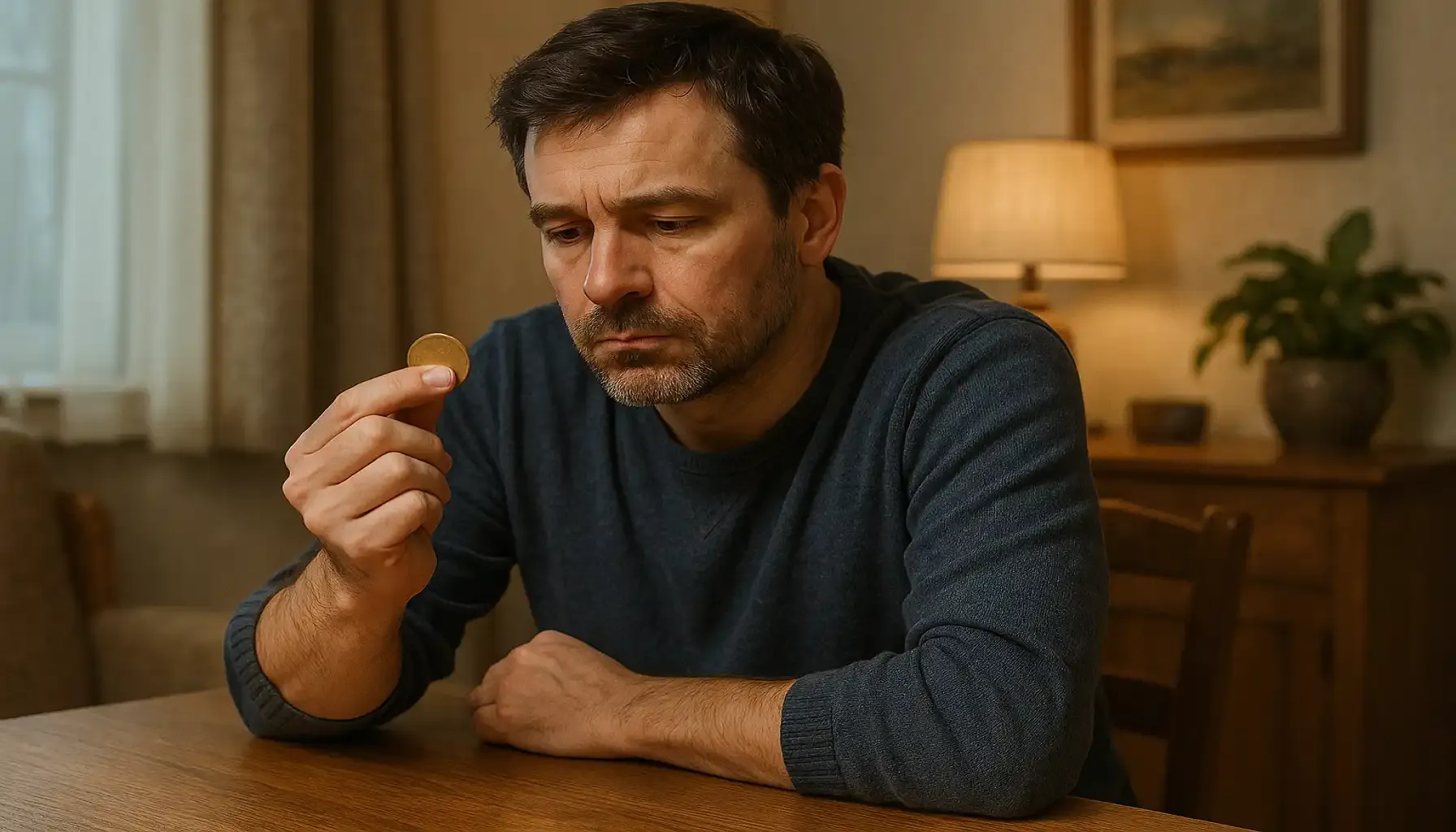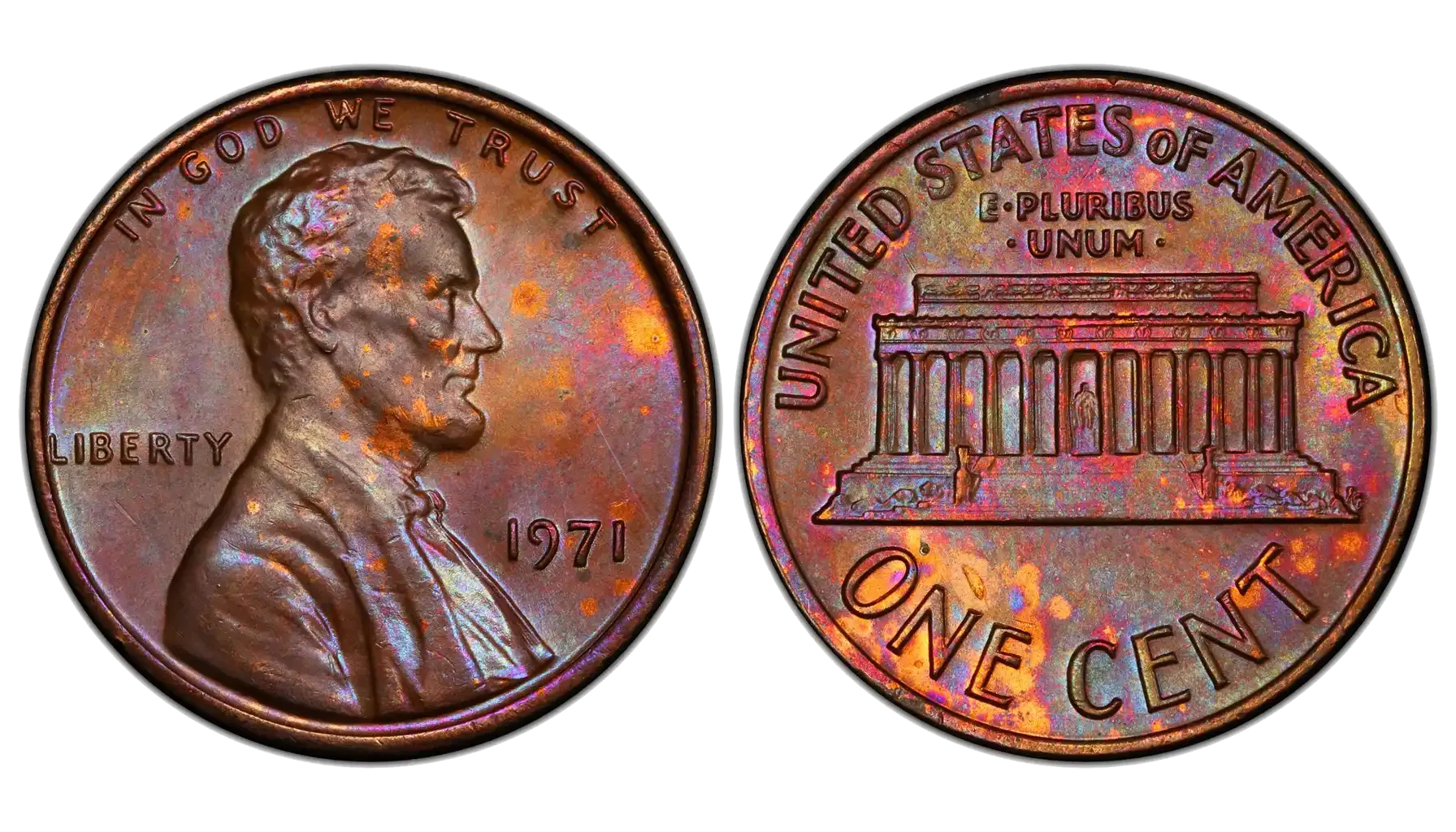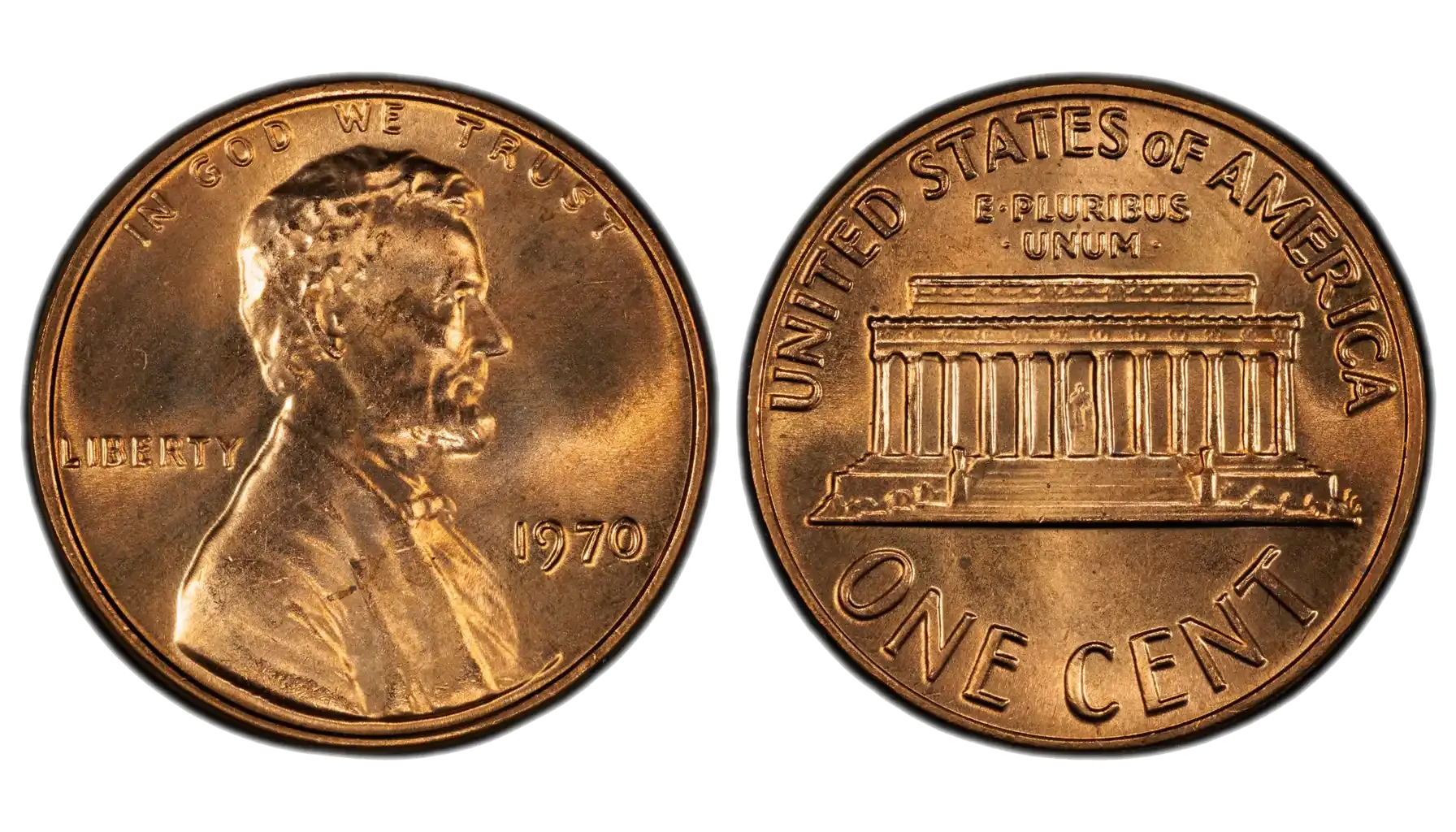Contents:
If you are an experienced collector or a beginner in turn, you have probably experienced that pleasant feeling when a new, shiny, smooth coin lies shining in your hand. However, what if non-perfect coins are also worth your attention and coin errors are actually real treasures in the world of numismatics?
Error coins often seem insignificant, but true numismatists know that they are worth more than ordinary iterations of the same issue. Today we would like to tell you more about unusual error penny coins - small pieces of metal that have become rare and valuable collectibles over time. Let us take a look at the most interesting examples, review their history, and understand why small mistakes can be valuable.

What Does Error Coins Mean?
Penny errors are manufacturing defects that can occur at various stages of coinage. The manufacturing process consists of several complex stages: creation of the blank (planchet), striking, and final handlings. But each stage can lead to deviations, also known as “error coins”. These “non-ideal” specimens often become collectors' objects because of their rarity and exclusivity in the first place.
Main Types of Penny Mistakes
Penny errors list may include different options depending on the stage of the process at which they occurred. Let's consider the most common types of errors:
Stamping Errors
These are errors produced in the process of stamping, and they can range from barely noticeable to obvious defects:
A doubled die error occurs when a die strikes the same blank twice with a slight offset, leading to doubled design details (such as lettering or images).
An off-center error appears when the planchet is not properly aligned under the die. As a result, the coin looks as if part of the image has been “moved” to the side (the degree of displacement can vary from a small deviation to the absence of the image on a significant part of the surface).
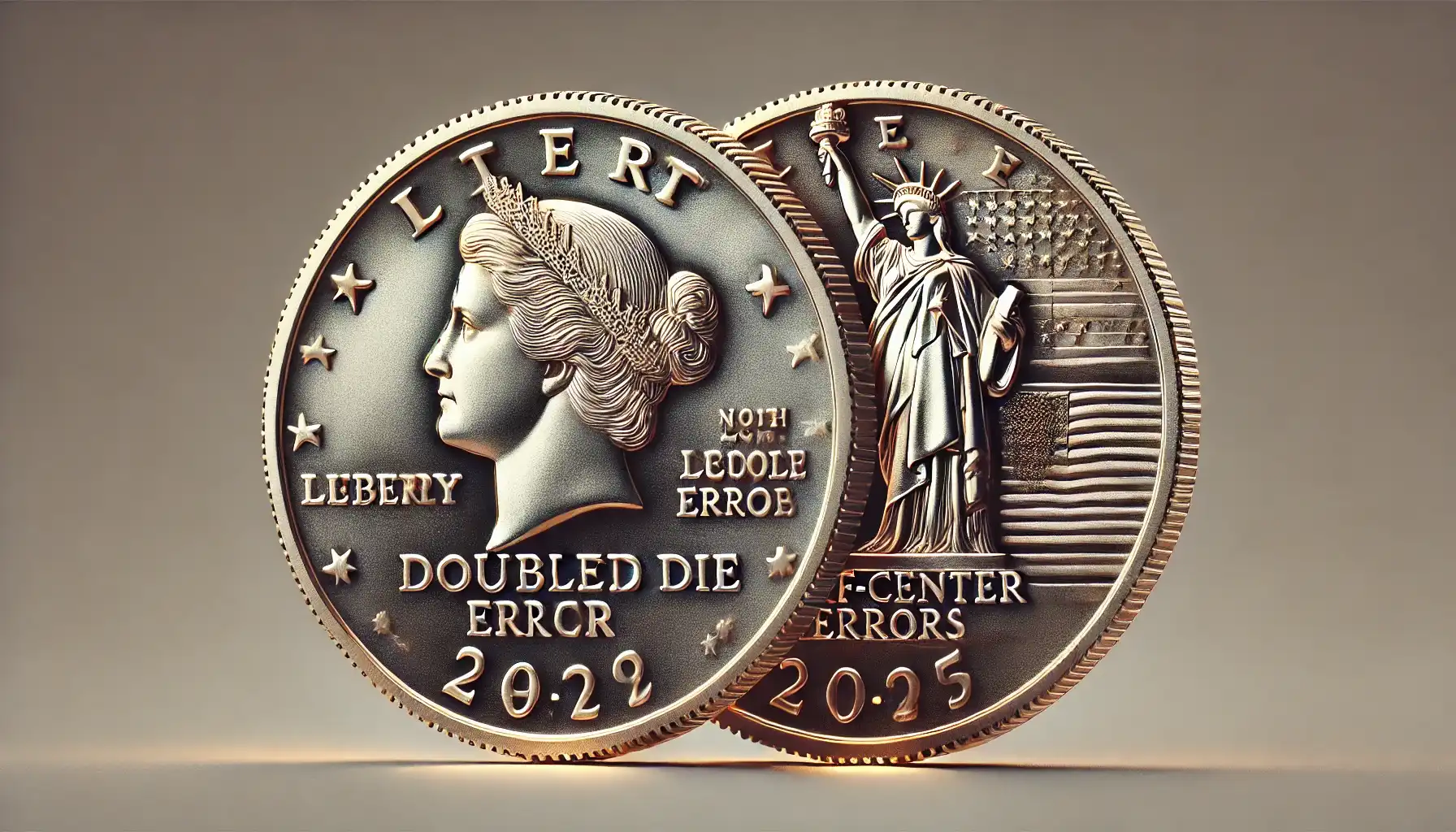
Material Errors
Material errors are produced when the wrong blank is used during blank preparation:
Wrong planchet error occurs when pennies are minted on blanks designed for other instances. For example, if a penny is minted on a dime blank, it will result in penny weight errors (since the coins will weigh less and be different in terms of composition).
Clipped planchet error refers to the improper cutting of the blank (i.e., the coin shape is not a solid circle due to improper cutting and the coin looks as if part of it has been “bitten off”).
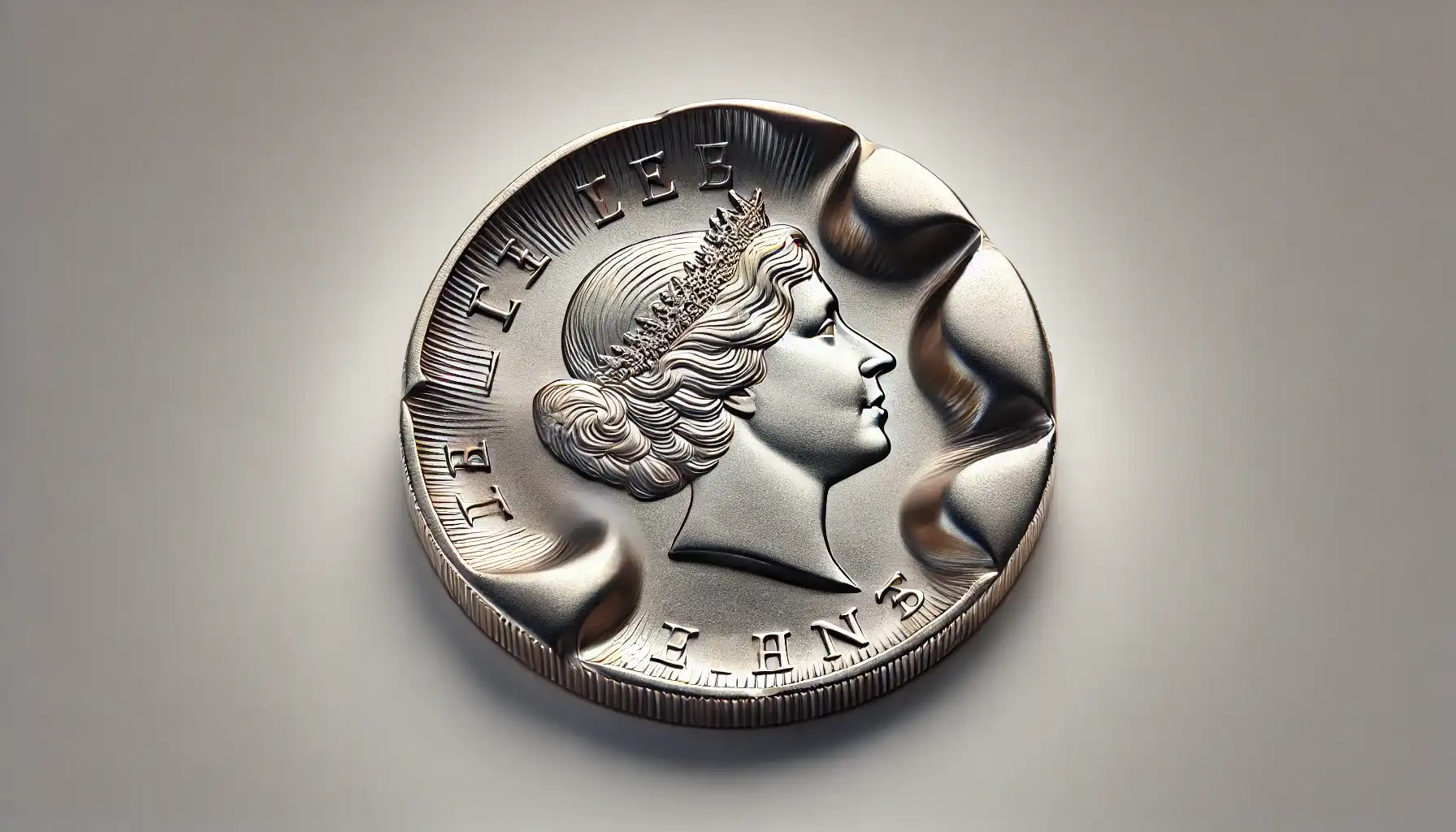
Shaping Errors
Errors related to the shape of the coin are also included in the popular penny errors list and occur at the stamping stage:
Broadstrike error means that the blank extends beyond the stop ring, causing the coin to expand. These instances are wider than standard pennies and may have uneven edges.
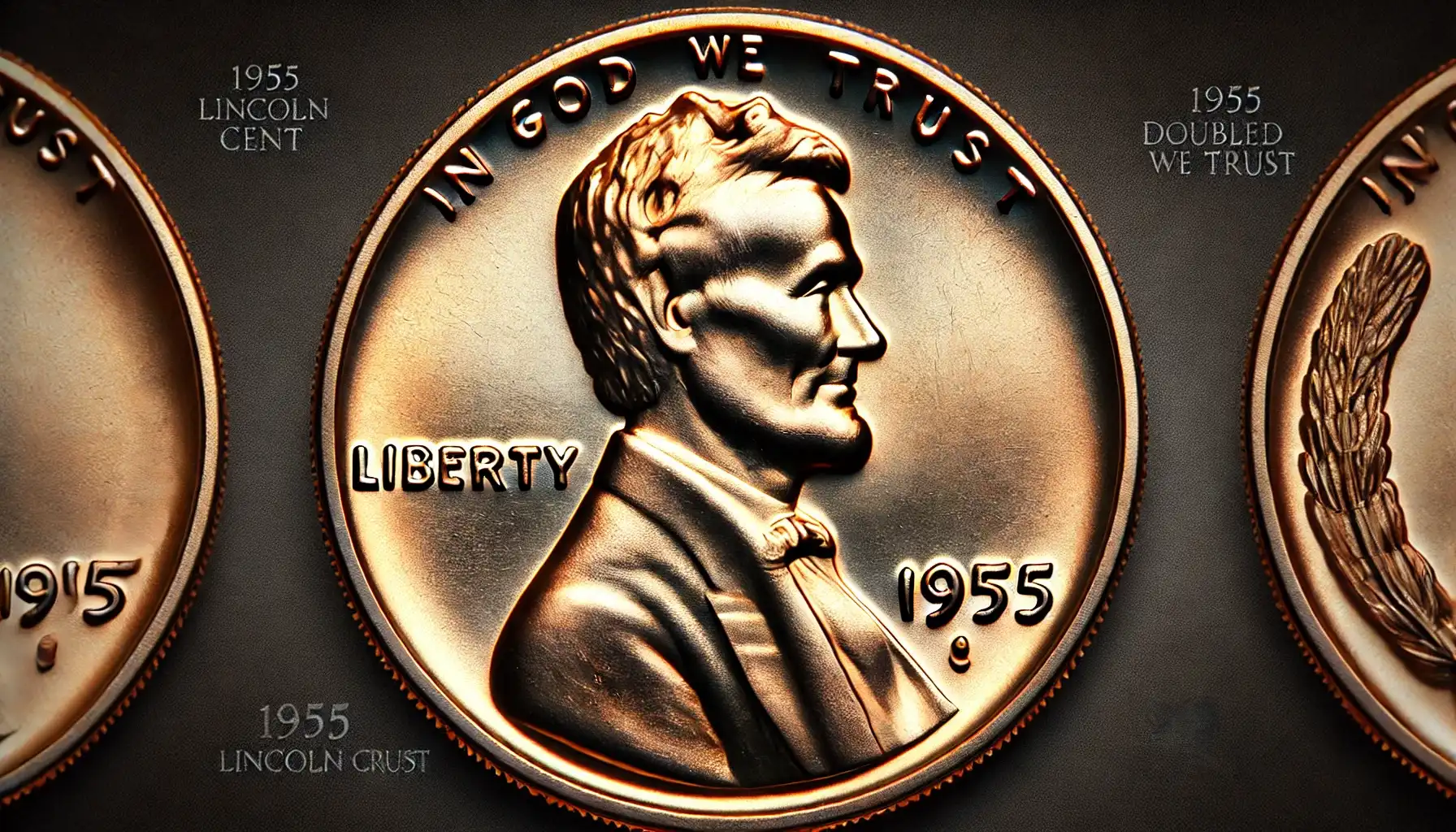
By the way, Mid American Rare Coin Galleries may exhibit such instances for coin appreciators to get inspired or review them before the purchase.
The Main Characteristics
Diameter: 19.05 mm
Material: zinc core with copper plating (after 1982)
Weight: 2.5 g
Obverse: Portrait of Abraham Lincoln (by Victor David Brenner)
Reverse: Lincoln Memorial (until 2009), a shield (after 2009)
Prominent Examples of Rare Penny Errors to Look For
1955 Lincoln Cent (with Doubled Die Error)
This is one of the most famous and popular penny error coins with a doubled die, i.e., the image or inscriptions are imprinted twice. In the case of the 1955 penny, the deviation appears in the distinct doubling of the inscriptions “IN GOD WE TRUST” and “LIBERTY”, as well as the 1955 date.
Cause of Error: Occurred due to a faulty stamp used to apply the image to the coin.
Value: This coin is one of the rarest and most valuable penny errors. Today it can be worth anywhere from a few hundred to a few thousand dollars depending on the condition.
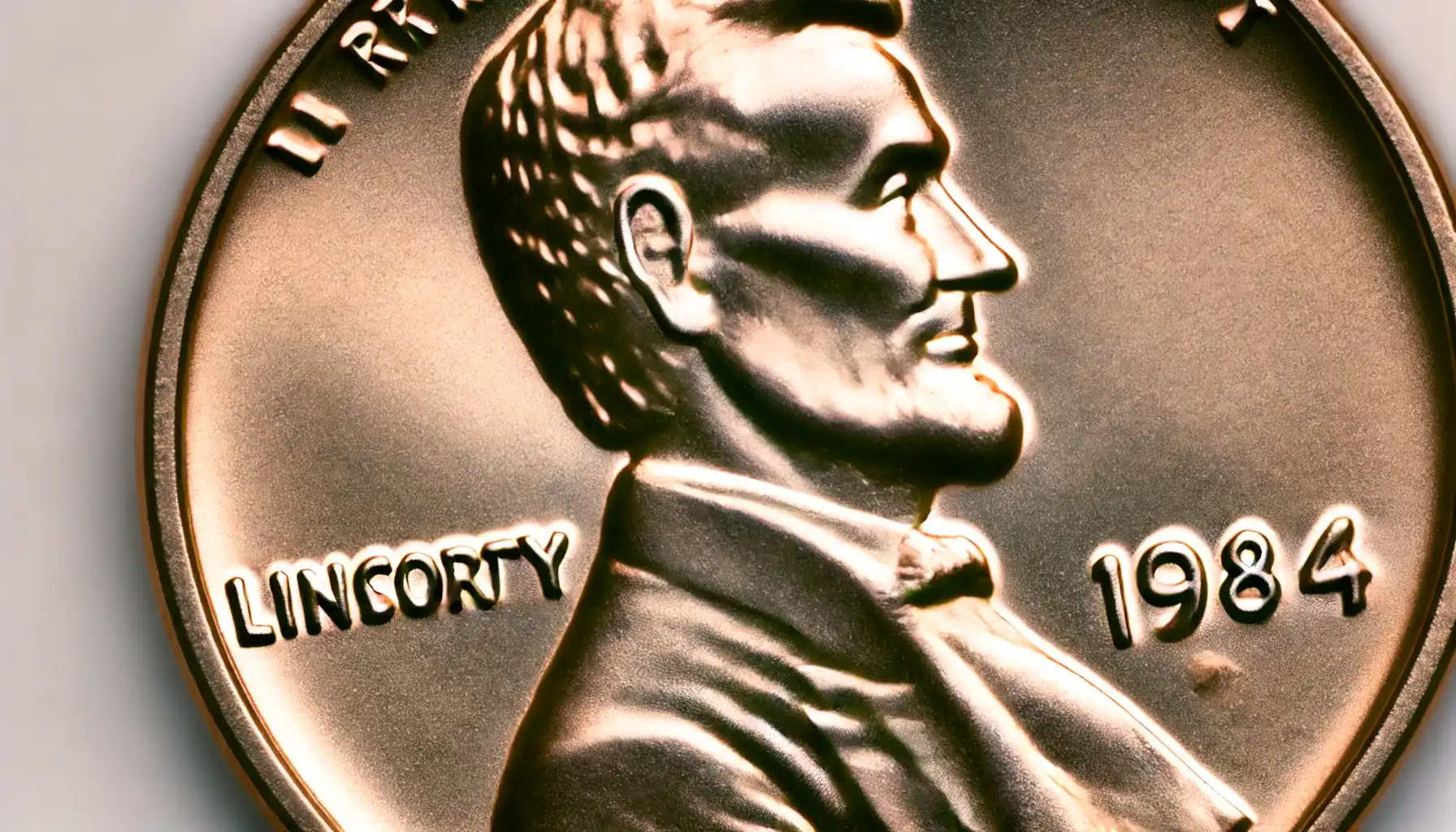
1984 D Lincoln Cent (with Doubled Ear Error)
The list of penny errors worth money may also include iconic instances that have become popular among numismatists for years. This famous imperfection comes down to a defected Lincoln's ear on the obverse.
Design: The obverse exhibits a portrait of Abraham Lincoln with two ears, one above the other, which is clearly visible even without a magnifying glass.
Cause of Error: A stamp malfunction.
Value: The instance issued by Denver has become extremely popular among collectors. Depending on the condition of the coin, its value can range from $75 to $200 (for circulated pieces with signs of wear) and from $200 to $1,000 for MS (Mint State). Even the 1983 Washington quarters with mistakes can cost millions, and so does the hero of the article.
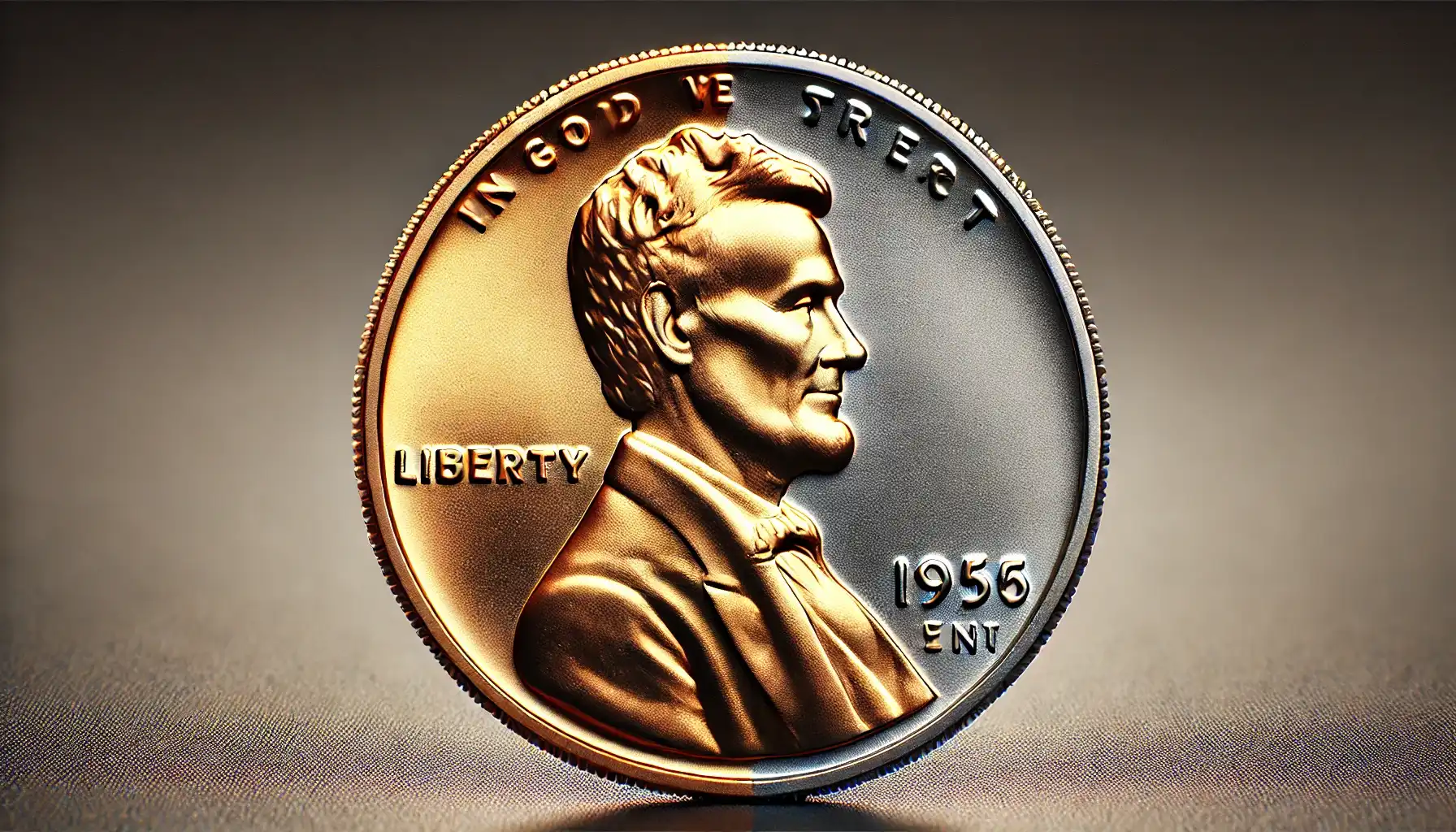
1943 Bronze Lincoln Cent
The 1943 Bronze Lincoln Cent is one of the rarest and most iconic units of currency in the history of U.S. coins.
Cause of Error: The accidental use of 1942 bronze leftover blanks after a previous mintage, instead of the galvanized steel blanks used for the 1943 penny (bronze coins were abolished due to the country's military needs).
Value: 1943 Bronze Lincoln Cent is considered a real rarity in the world of numismatics. There are only about 20 such coins, and they are of great interest among collectors. Coins in excellent condition (MS63), can be valued up to $250,000, while instances in MS65 condition can cost between $1,000,000 and even $1,700,000 at auction.
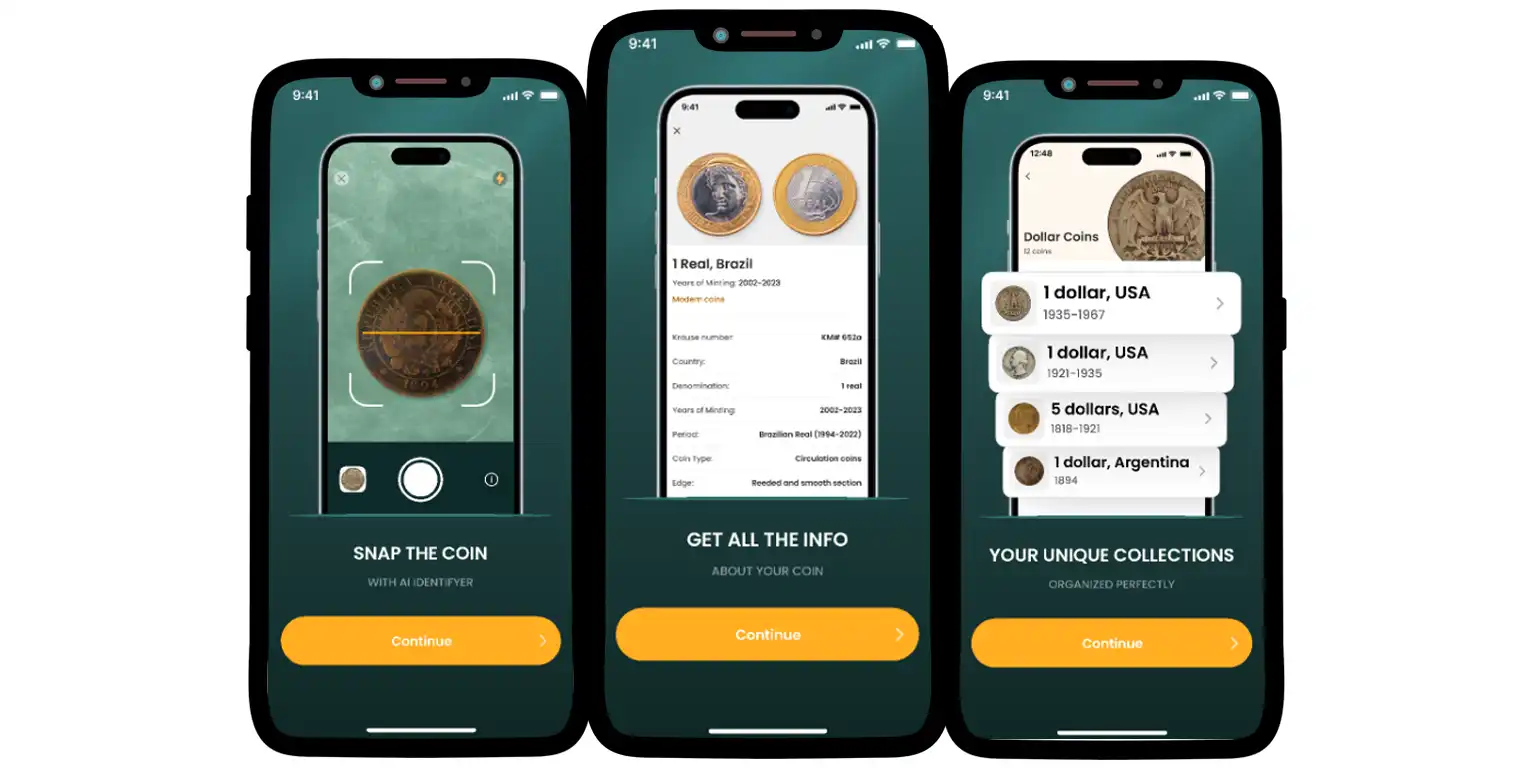
Investment Potential
As we mentioned earlier, penny errors are still among the most sought-after coins among collectors. The price of such coins is constantly rising, especially if they are in excellent condition. One of the main reasons for their appeal is the rarity and the history behind. And today the hobby of numismatics can bring not only pleasure but financial benefits with the right choice of coins for collecting and investing.
But if you would like to assess your coin's condition and authenticity more accurately, you may use Coin ID Scanner, a convenient, modern, and free coin identifier by picture app, based on an extensive database, to identify rare and valuable coins. With the help of this tool, you will be able to quickly scan the item, check its main characteristics, and determine its value with ease and convenience.
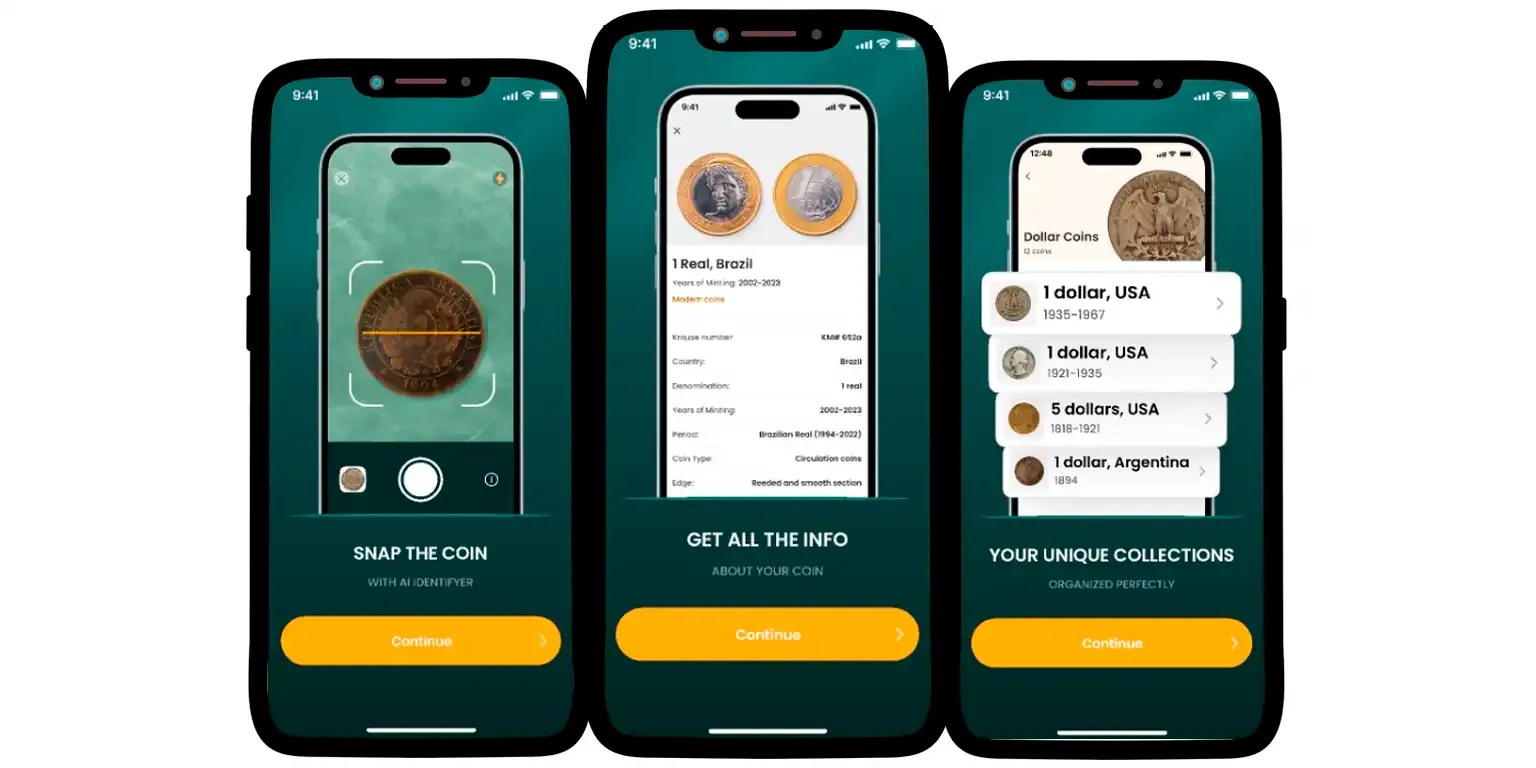
The Devil in Details
Penny errors are an intriguing phenomenon and small defects left by chance cannot be considered imperfections but rather a unique benefit in the numismatic world. These coins hold pieces of history and offer great long-term investment opportunities. Start your search and you might find that you are the owner of one of the rarest and most valuable coins in the world!

